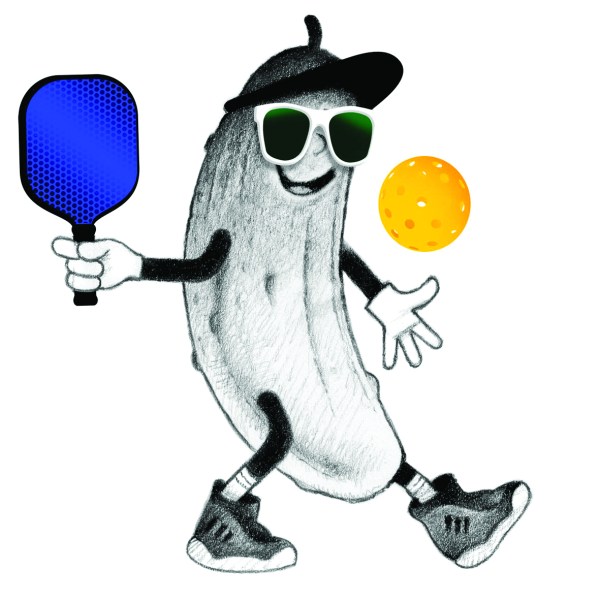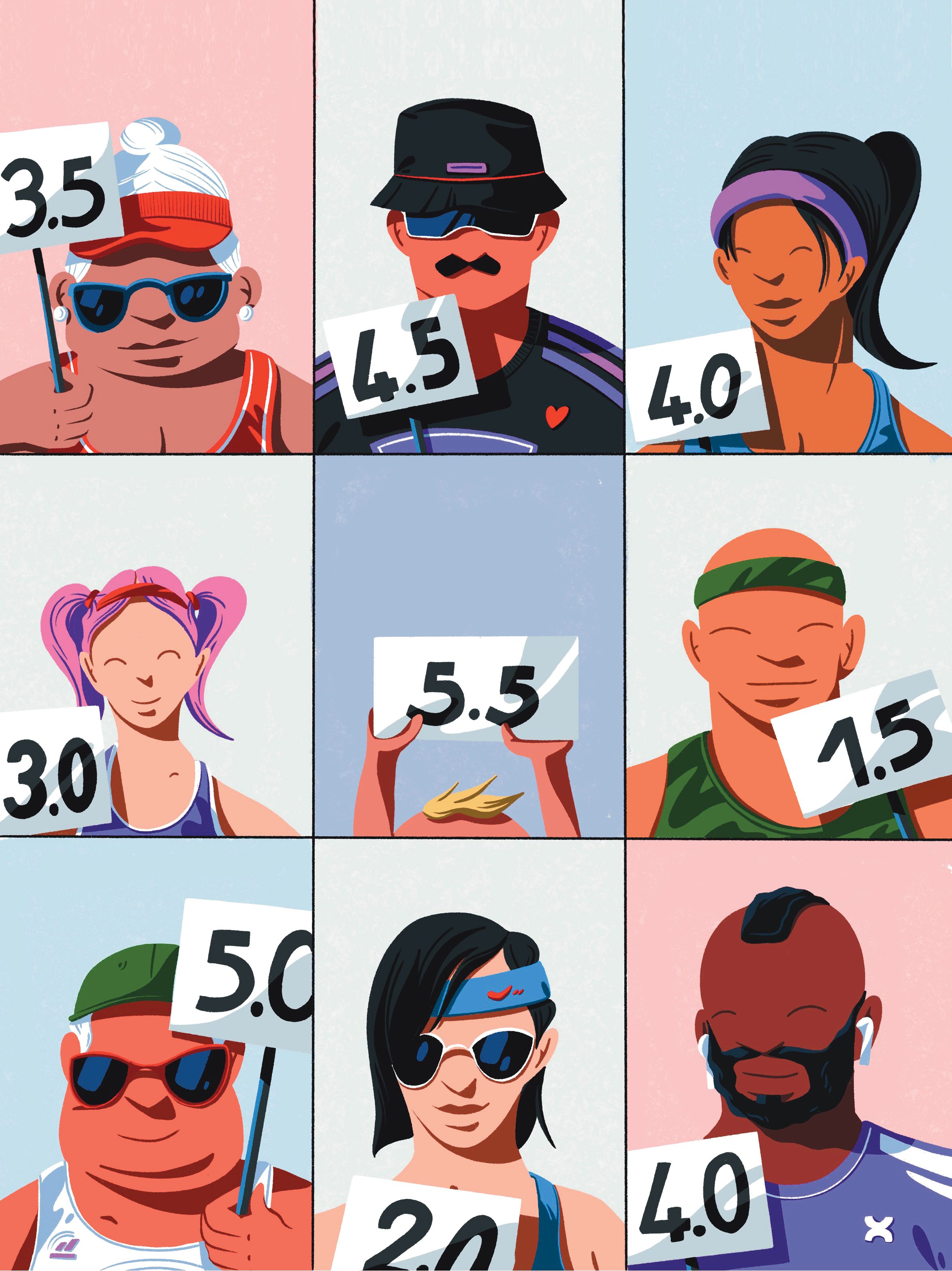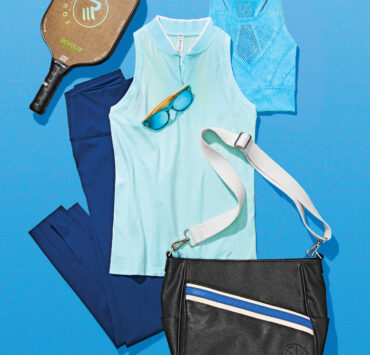
Would a unified ranking system help the sport advance?
A: Pickleball is known to be welcoming to newcomers. But when it comes to tournaments (both amateur and professional), competition is, of course, still the name of the game. For that reason, it’s important that the rating system be accurate. No player wants to be crushed on the court by a far more seasoned opponent or, on the flip side, conquer someone less skilled who happens to be placed in a bracket far above their ability. Neither scenario is fun to play, or to watch.

Generally speaking, pickleball players are ranked on a scale from 1.0 to 6.0, with most amateurs falling within a 3.0 to 4.5 range and pros clocking in at 5.0 and above. However, currently there are two rating systems for the sport, which causes confusion and can result in mismatches between players at tournaments.
The Professional Pickleball Association (PPA) prefers the DUPR (Dreamland Universal Pickleball Rating) system, which tracks the outcomes of matches as reported by players, according to spokesperson Hannah Johns.

However, the USA Pickleball Association (USAP) goes with the UTPR (USA Pickleball Tournament Player Ratings) system, which tracks entirely different metrics that are not self-reported. Additionally, UTPR only tracks tournaments sanctioned by USAP, disregarding any that are purely recreational.
“We are not going to develop the sport if we don’t change things up,” explains Johns, who believes one unified, consistent system is needed for the sport to grow.
Meanwhile, USAP is hard at work trying to create one, and to find a better way to fairly assess all players’ abilities. Karen Parrish and Marilyn Holladay are two members of a seven-person task force spearheading the USAP Ratings Improvement Project. Their recommendations are expected by the end of March. “I do believe it is best for the sport to have one ratings system,” says Parrish, who oversees USAP tournaments at all levels. “We understand that ratings are a very touchy subject, and we want to make sure that we have the best ratings program out there for all of the pickleball community, whether they are playing competitively or recreationally.”
Holladay, whose specialty is numbers, prefers to rely on data to determine where people should be ranked. But newer players don’t have statistics to offer, so they self-evaluate their playing level, often landing themselves in the wrong bracket. Holladay wonders if creating probationary ratings would better allow for adjustments as players sort out where they actually belong.
Even when people try to assess and rank their abilities honestly, they are often off the mark, confirms Dwight Macock, president of a fast-growing pickleball club in Monmouth County, New Jersey. “At the local level they’re more accurate, but when it comes to larger tournaments, people try to downplay their skill level, not because they’re trying to cheat, but because they are afraid of being overwhelmed by the competition.”
Unevenly matched doubles partners require yet more consideration, says Holladay. A 3.5 player partnered with a 4.5 player must participate in the higher-level bracket, according to USAP tournament rules. And when it comes to age, the younger partner’s determines where a team plays. If the players are 65 and 55, they must play in the 50-something bracket, presumably putting the older partner at a disadvantage.
Ratings will always be imperfect. One can never be sure how someone will perform during a tournament. “It’s possible for a lower skilled player to beat a higher-skilled player,” says Holladay, “but that doesn’t mean that the winner is better than the loser. Beating a pro one time doesn’t make you a pro.”



